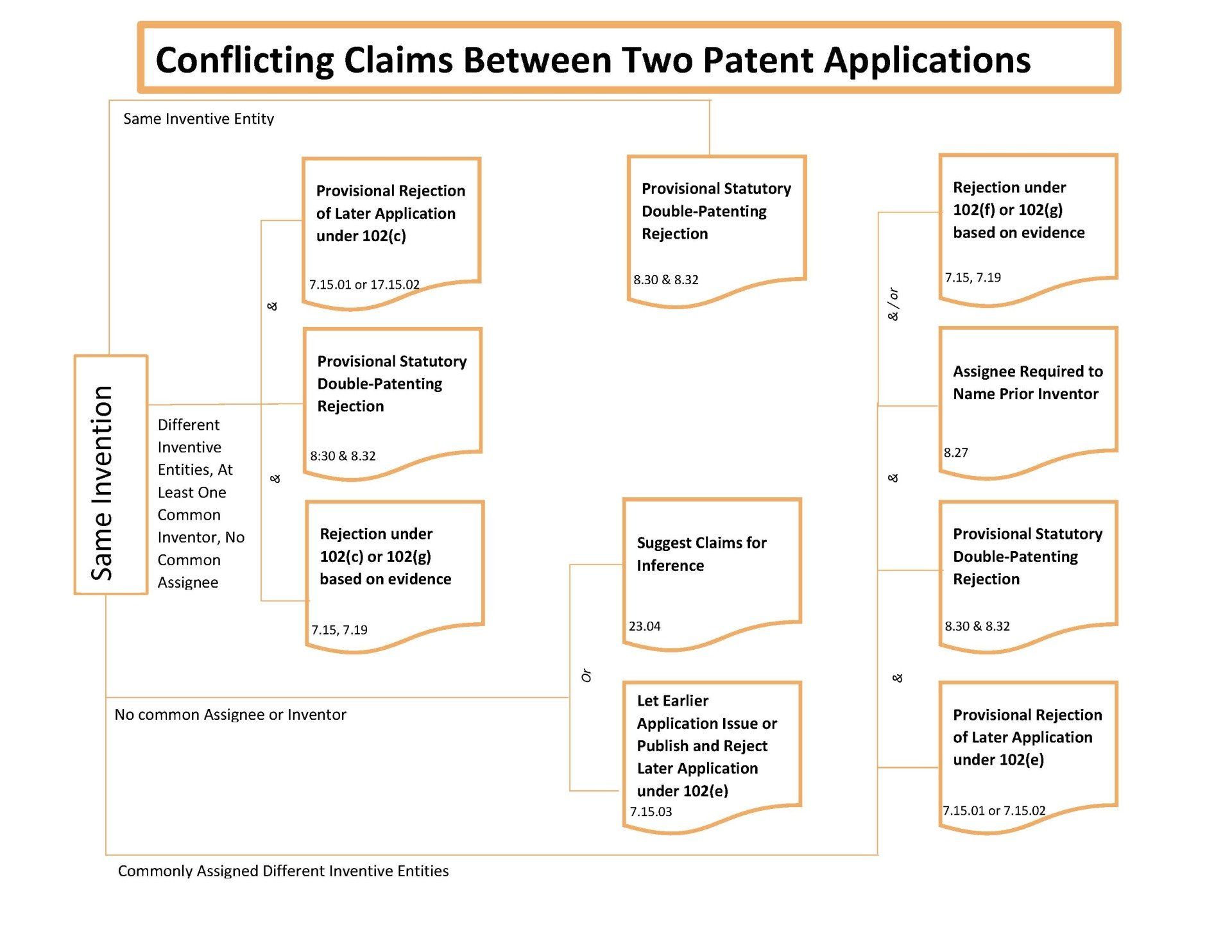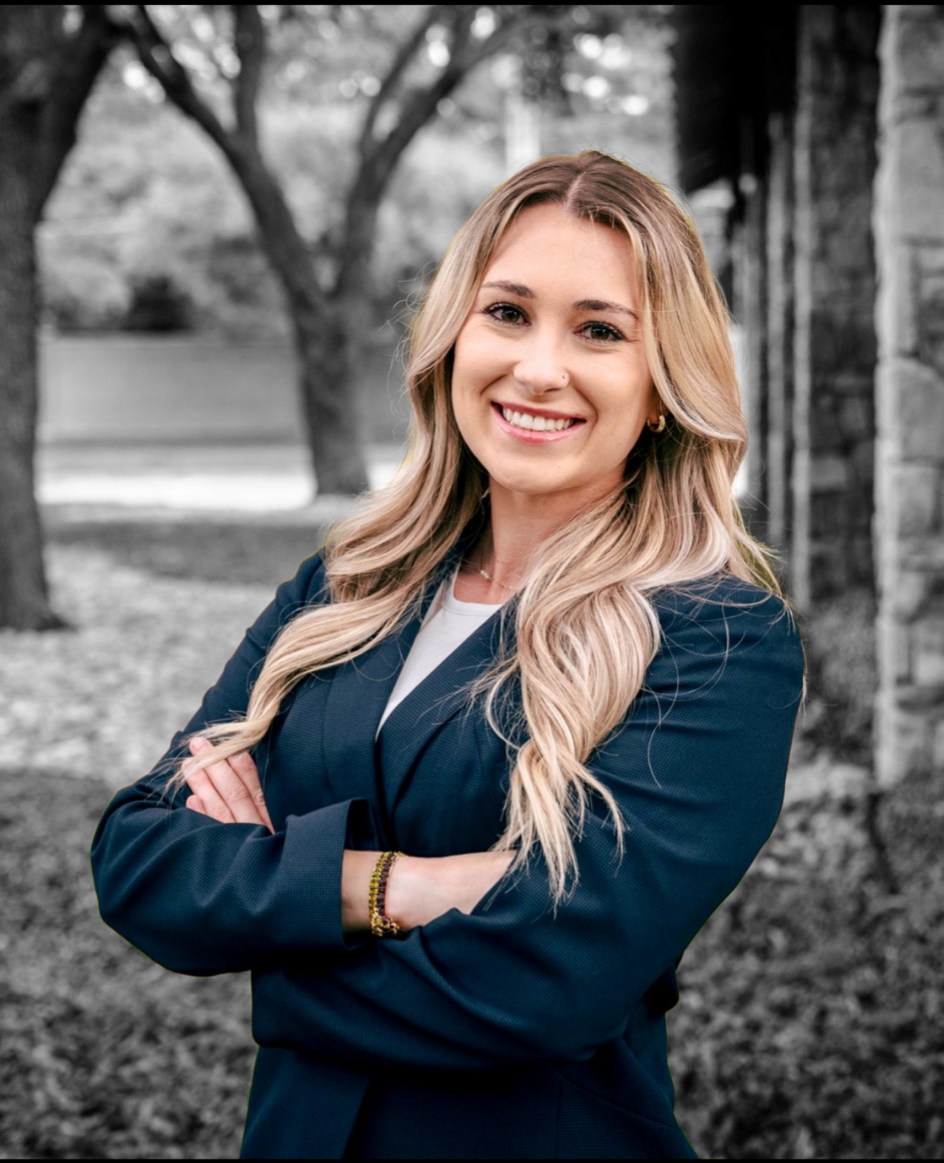DOUBLE PATENTING ISSUES FOR PATENT APPLICATIONS
A double patenting rejection can arise between two or more pending applications, or between pending applications and a patent.
CONFLICTING CLAIMS & DOUBLE PATENTING
Double Patenting Issues
Double patenting issues arise when two or more pending applications, or one or more pending applications and a patent, share claims which are identical in scope. A double patenting may also occurring during the patent reexamination process between the reexamined patent claims and the claims of one or more applications and/or patents. Often, filing a terminal disclaimer, or filing a showing that the claims subject to the rejection are patentably distinct over the other application’s or patent's claims, will be required to overcome any double patenting rejection issued by the patent office. Our Dallas patent lawyers assist clients in preparing, searching, and filing U.S. patents. Our patent attorneys are licensed with the United States Patent & Trademark Office and work in the specialty field of law governing intellectual property. For more information on the preparing utility patents, see our Patent Registration page.
What Is A Terminal Disclaimer?
A terminal disclaimer is a statement in which a patentee or patent applicant dedicates to the public the entire patent term, or a portion of the patent term, for any part of the term of a patent or patent to be granted (i.e. patent application). This disclaimer is a statement generally filed by an owner of a patent or patent application, and such disclaimer states that the owner relinquishes certain legal rights in and to the patent in return for allowing the patent or patents to issue. Statutory and terminal disclaimers often occur in the following instances:
- A patent owner may discretionary disclaim any complete claim or partial claims in a patent;
- A patent applicant may disclaim or dedicate to the public the entire term, or any partial patent term, of a patent to be granted;
- A patent owner or applicant may file a terminal disclaimer when it is necessary to avoid a judicially created double patenting issues in a patent application or in a reexamination proceeding; and
- A patent owner or applicant may file a terminal disclaimer in a patent application or in a reexamination proceeding to obviate double patenting based upon a a prior-art rejections using a patent or application that is not commonly owned.
Terminal disclaimers are used to avoid double patenting rejections from patent examiners.
Patent Resources & Services
- Patent Overview
- Patent Prosecution
- Provisional Patent Application
- Patent Licensing
- Patent Infringement Defense
- Patent Search & Due Diligence
- Inter Partes Review (IPR)
- Post Grant Review (PGR)
- Covered Business Method Review (CBM)
- Patent Reexaminations
- Patent Portfolio Management
- PCT International Patent Filings
Need any help?
Industry Resources & Services
- Alcohol & Beverage Law
- Blockchain Law
- Cosmetics Product Law
- Crypto-currency Law
- Cyber-security Law
- Digital Marketing
- eCommerce Law
- Energy Law
- Fashion Industry Law
- Health Technology Law
- Oil & Gas Law
- Product Industry Overview
- Professional Services law
- Real Estate Development Law
- Restaurant Services Law
- Retail Business Law
- Software Industry Law
- Sporting Goods Law
- Technology Law
- Video Gaming Industry Law
-
Patent Overview
Button -
Patent Prosecution
Button -
Provisional Patent
Button -
Patent Licensing
Button -
Patent Infringement Defense
Button -
Patent Search & Due Diligence
Button -
Inter Partes Review (IPR)
Button -
Post Grant Review (PGR)
Button -
Covered Business Method
Button -
Patent Reexam
Button -
Patent Portfolio Management
Button -
Patent Cooperation Treaty (PCT)
Button
Additional Double Patenting Focus
Double patenting is when two or more pending applications, or one or more pending applications and a patent, have claims which are identical in scope. Effectively, double patenting would result in the granting of two patents for a single invention to the same inventor, and the United States Patent & Trademark Office (USPTO) does not allow double patenting. Double patenting issues often arise in reexamination proceedings between the patent claims being reexamined and the claims of one or more applications and/or patent, including international applications which have entered the national stage in the United States. Below are examples of instances where double patenting issues can arise:
- Between One or More Applications and An Issued Patent: Double patenting can occur between an issued patent and an application filed by the same inventor, a different inventor with a common inventor, a common applicant, or a common owner and/or assignee; and
- Between Co-pending Applications—Provisional Rejections: If an
examiner becomes aware of two or more co-pending patent applications that were filed by the same inventor, a different inventor having a common inventor, a common applicant, or a common owner and/or assignee, or that claim an invention resulting from activities undertaken within the scope of a joint research effort as defined in 35 U.S.C. 102(c) or pre-AIA 35 U.S.C. 103(c)(2) and (3), that would invoke a double patenting rejection from the examiner. Often, when the patent examiner can address double patenting issues without violating the confidential status of applications (35 U.S.C. 122), a patent examiner may make an applicant aware of the potential double patenting problem and make a “provisional” rejection on the grounds of double patenting.
CLIENT MATTERS
5,000+
YEARS OF SERVICE
25+
Award Winning
Recognized in the legal industry as dedicated board-certified lawyers and Rising Stars.
Expert Team
Your project will be handled by legal experts every time. You will have the most experienced attorneys working for you.
Quality Representation
Wilson Legal Group P.C.
d/b/a Wilson Whitaker Rynell
(972) 248-8080 (Dallas) MAIN OFFICE
(713) 830-2207 (Houston) Appointment Only
(512) 691-4100 (Austin) Appointment Only
For more information on how we can assist in your intellectual property, commercial litigation, or other personal needs, let us know how we can help you:
Contact Us - Main Page
We will get back to you as soon as possible.
Please try again later.
Disclaimer:
This form does not establish an attorney-client relationship, and should only be used to contact the firm about scheduling a call or meeting. No confidential or sensitive information should be sent using this form.
The law office of Wilson Legal Group P.C. (d/b/a Wilson Whitaker Rynell) represents clients nationwide, including Dallas, Austin, Houston, and other Texas areas such as Fort Worth, Arlington, Carrollton, Plano, Allen, Lewisville, Flower Mound, Irving, Denton, McKinney, North Richland Hills, and all cities within Dallas County, Tarrant County, Collin County, and Denton County.
SERVICES
OFFICES
ABOUT
CONTACT
BLOG
JOIN OUR NEWSLETTER
Wilson Whitaker Rynell
16610 Dallas Parkway, Suite 1000
Dallas, Texas 75248
972-248-8080 (MAIN)
972-248-8088 (FAX)
info@wrrlegal.com (E-MAIL)














